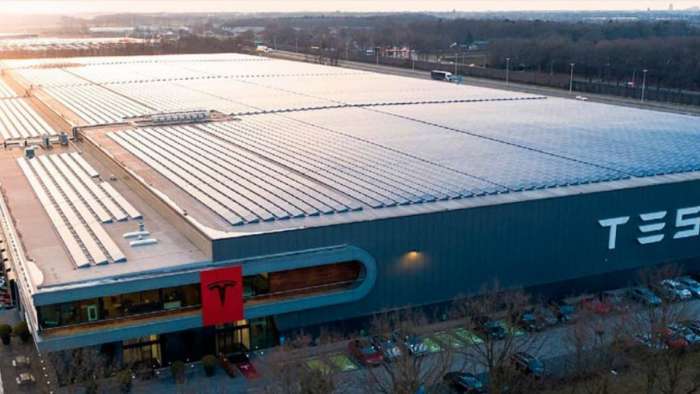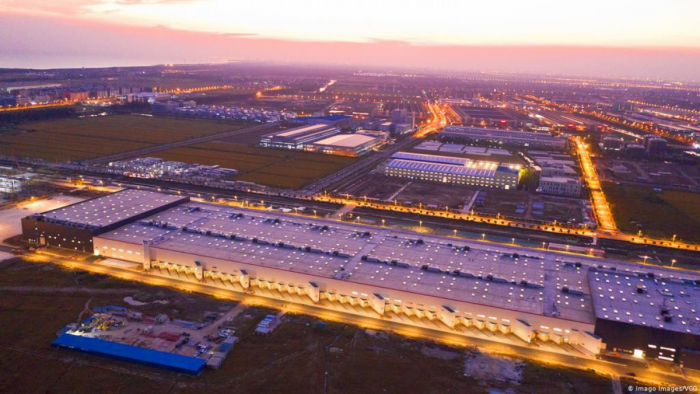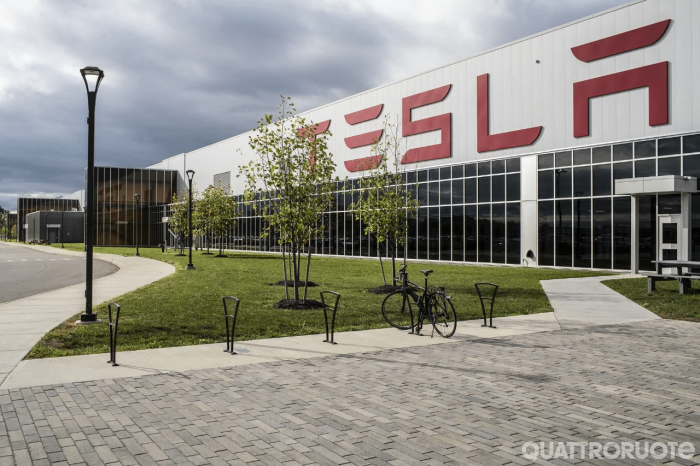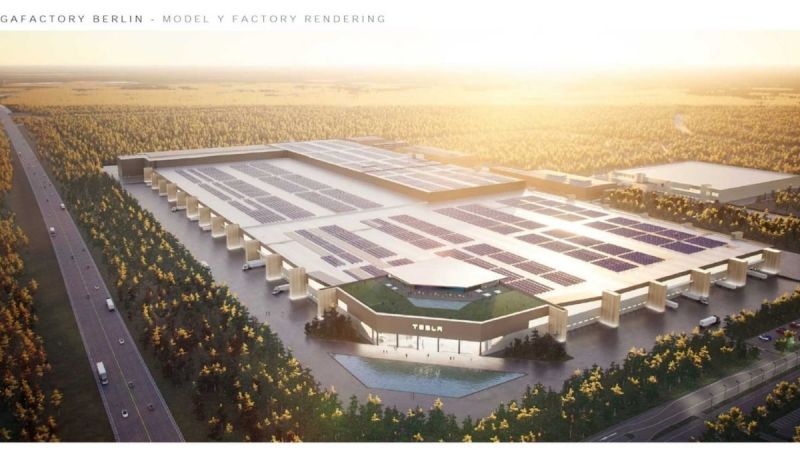In that sense, if we look at Europe, we can see how the concentration of urban areas is much more prominent than in other countries and continents. This means that many more people live in building blocks, and the concentration of the population is very high all over the continent. In many cases, the users do not value the purchase of electric cars due to the added difficulty of not having a plug for the car at hand. Despite this, the improvement in technology is making it possible for the development of the electric car to continue moving forward.

Following this premise, Tesla has become one of the most successful firms in the EV industry as a whole; even more taking into account that its products are not precisely the cheapest on the market. How is that possible? Its competitive advantage and vertical integration, which derives from a series of interrelated variables. That said, we are looking at the arrival of a new generation of cars that will change mobility forever.
Can the Berlin Gigafactory change the rules regarding EV commercialization? The answer is yes, absolutely. This factory is specially prepared to feed and calm the cravings of European demand, so vehicle deliveries will be faster and, hopefully, more affordable. That said, Tesla looks set to command the turnaround once again.
Let´s see why we are facing a unique moment, in order to understand the current situation and of course, what the meaning of the Berlin Gigafactory finally ramping up is. For instance, can you imagine being able to choose from a stock much more adapted to the customer's needs?

Tesla is set to command a transition to more sustainable mobility in Europe. It is the company that is working the most to make the adoption of the electric car a reality. The key to its future success in Europe is, as we already mentioned, the Gigafactory in Berlin. The days when the headquarters in Tilburg was the closest thing to production that Tesla had in Europe are gone. The company led by Elon Musk has carried out the installation of this factory in Brandeburg to achieve very optimistic objectives in terms of production. To understand the reasons for its construction, it is necessary to observe the expected timing of production. With an uninterrupted production rate, a total of 700,000 vehicles could be made at these facilities each year. And according to the portal InsideEV's, if maintenance breaks are taken into account, this figure would be reduced to about 600,000 cars/year, still a very significant number for any EV maker.
How did the data come about? For its quantification, it is assumed that each of the body parts has a production time of about 45 seconds. This would be the case thanks to the provision of a machine capable of minimizing the number of components. This would be without a doubt one of the keys to the success of this project. Around 2,000 vehicles could be manufactured per day, while a total of 57,600 units would be put on the roads each month. As Elon Musk himself stated, production of the Model Y in Berlin is expected to start in November this year, with the first units to be delivered in December (2021).

Even though we will still have to wait a few weeks to know more exactly if these forecasts will be fulfilled, the Berlin Gigafactory is expected to be a benchmark when it comes to growth. As it is customary in this type of manufacturing, there will be a progressive ramp up in production (even more considering Tesla´s experience in Giga Shanghai and Giga Texas), which could end up with that said 600,000 units a year plant capacity. Would there be enough demand for so many cars? In my opinion the answer is YES, and very probably even more, as the truth is Tesla is commanding the EV sales figures month by month in every chart not only in the US, but also in Europe.
Nico Caballero is the VP of Finance of Cogency Power, specializing in solar energy. He also holds a Diploma in Electric Cars from Delft University of Technology in the Netherlands, and enjoys doing research about Tesla and EV batteries. He can be reached at @NicoTorqueNews on Twitter. Nico covers Tesla and electric vehicle latest happenings at Torque News.












